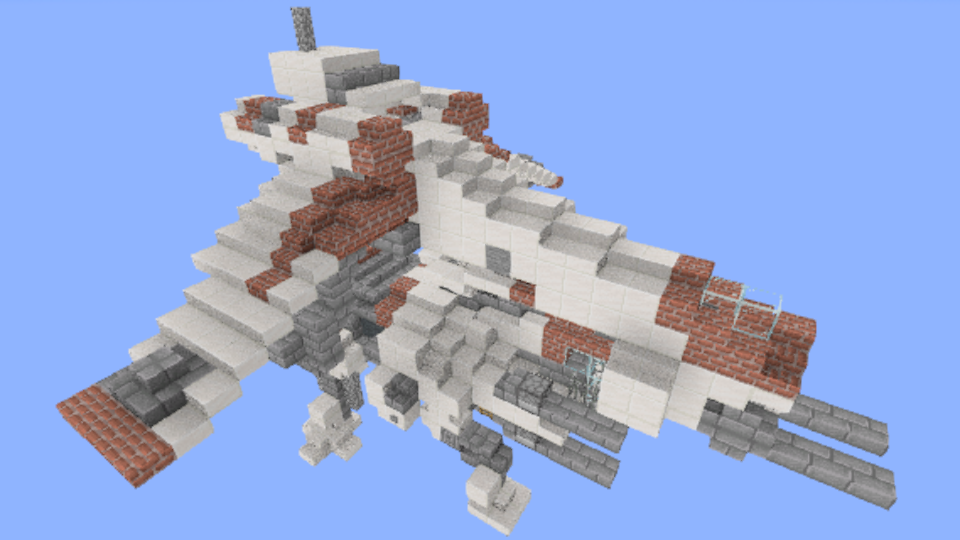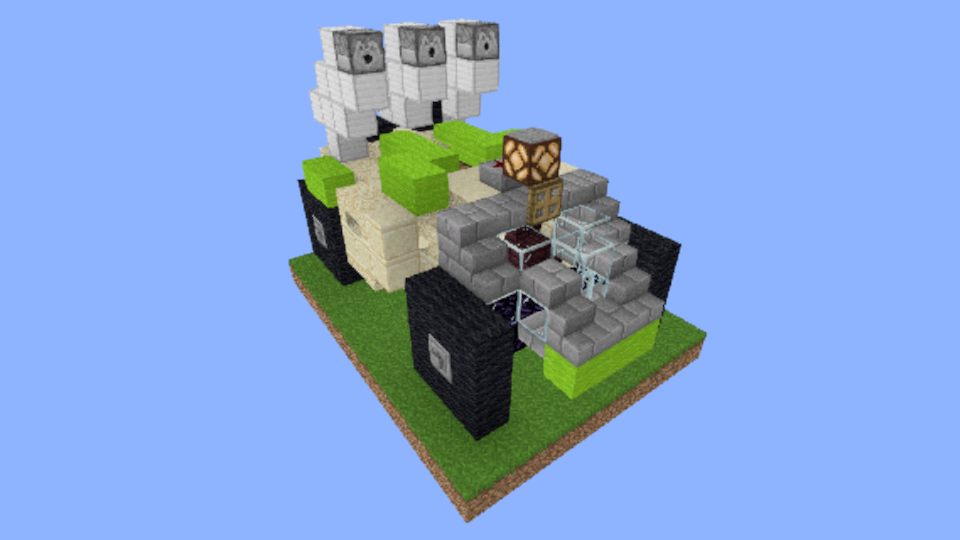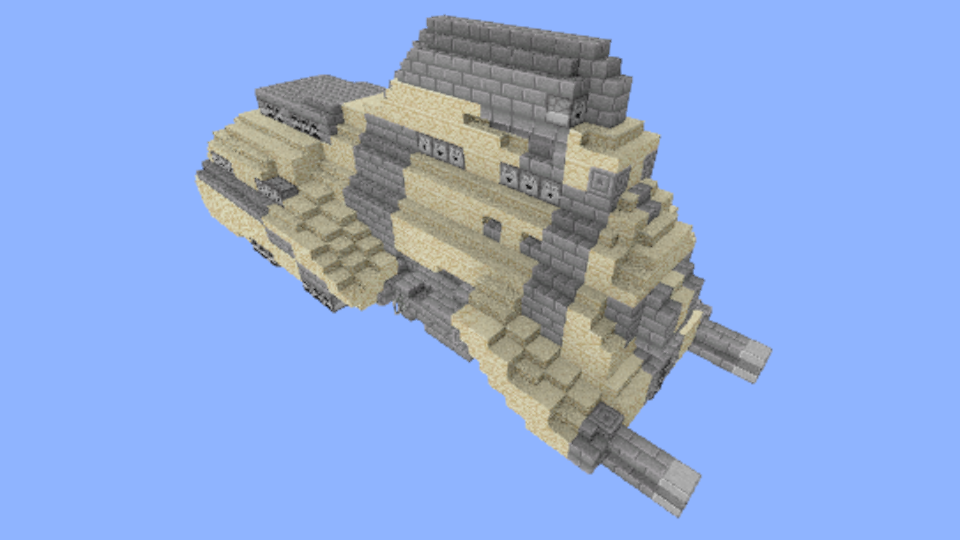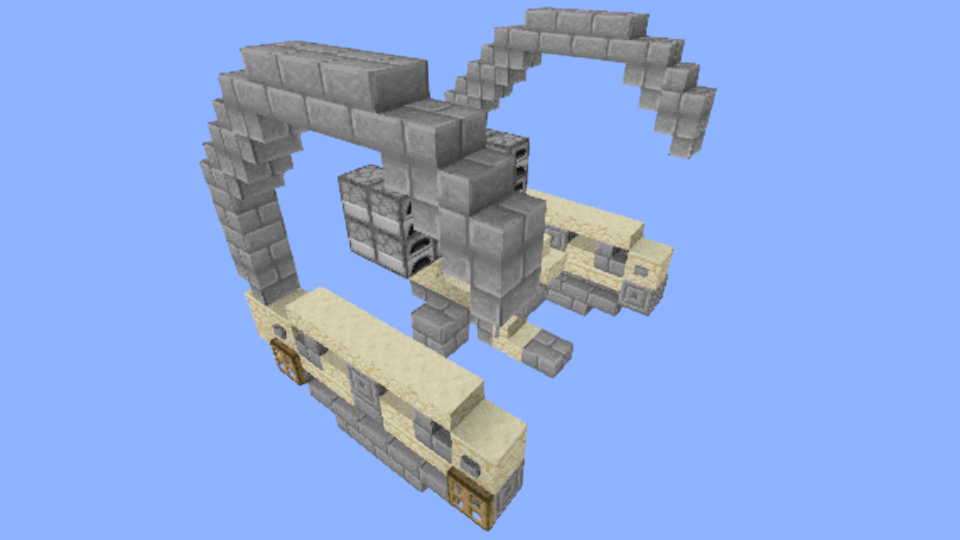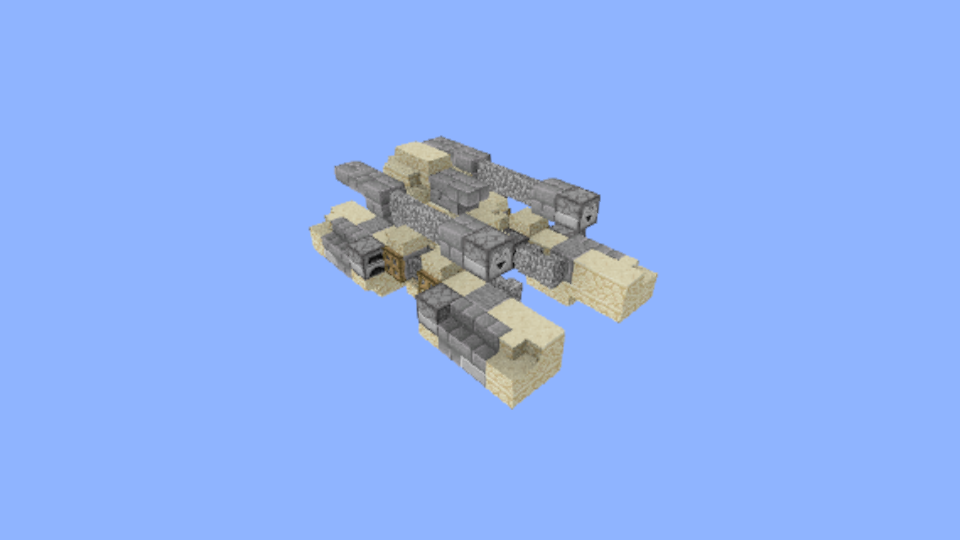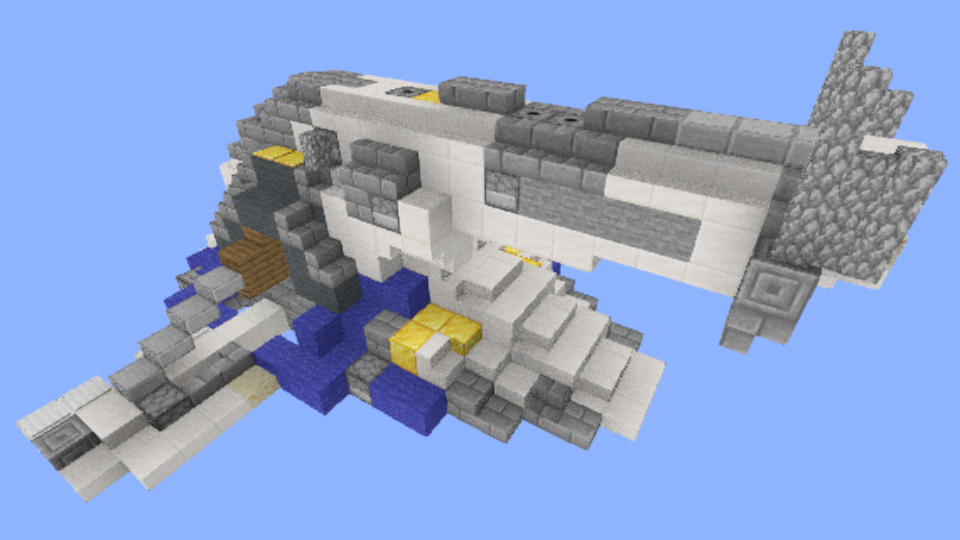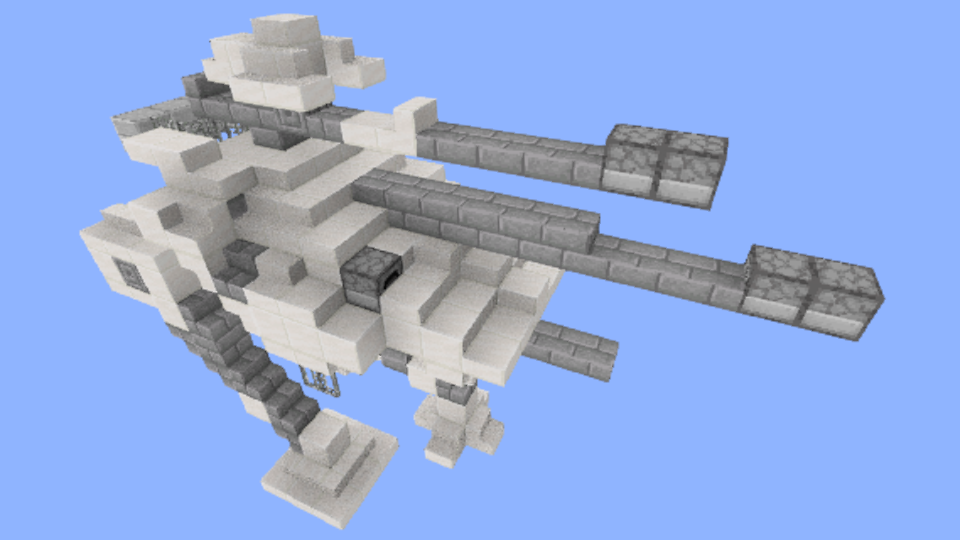Description
Takes a min value, max value, and an input. Forces the output to be between the min and max value, i.e. if the input value is above the max value, the output becomes the max value.
4 x 3 x 2
Related Schematics

Liquid filter
Module to filter liquids from others items. Need to filter others items that interacts with dispensers and bucket
redstone
Feb 14, 2025
↵
select
↑↓
navigate
esc
close
5 results
1 plugins loaded
